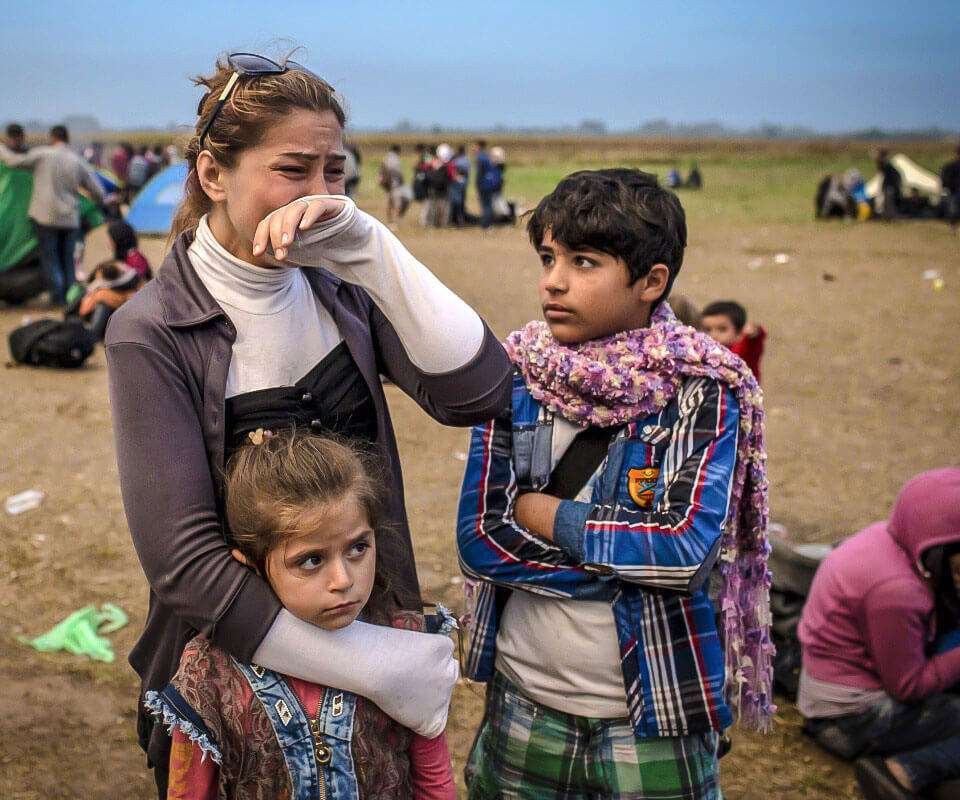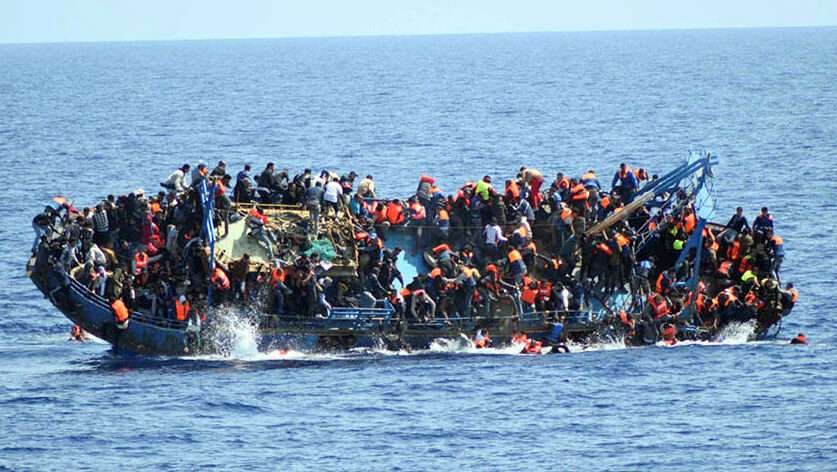Hey there! Welcome to this article where we’ll dive into an important topic: the risks and challenges faced by migrants who undertake illegal immigration to Europe. It’s a complex issue, but together, we’ll explore the hidden dangers these migrants face and shed light on the human cost of their journeys. So, let’s get started!
Table of Contents
Introduction
You won’t believe the scale of illegal immigration to Europe in recent years. Thousands of brave individuals embark on perilous journeys, seeking safety, opportunities, or simply a better life. But behind the headlines and statistics, there’s a dark reality that often goes unnoticed – the hidden dangers that migrants face throughout their journeys and upon arrival in host countries. Today, we’re here to uncover these risks
and shed light on the challenges that migrants encounter.
The Perils of the Journey
Imagine embarking on a journey where danger lurks at every corner. For many migrants, this is their reality. They undertake treacherous routes, navigating through unforgiving terrains or braving dangerous sea crossings like the Mediterranean. These journeys are filled with risks, ranging from the possibility of drowning or suffocation to the constant threat of falling into the hands of human traffickers who exploit their vulnerability. It’s a heartbreaking reality that puts their lives at stake.
Once they reach their destination, migrants often find themselves living in harsh conditions. Overcrowded and unsanitary makeshift camps become their temporary homes, leaving them susceptible to exploitation, abuse, and violence. It’s a dire situation that robs them of their dignity and exacerbates their vulnerability.
Social and Economic Challenges
The challenges faced by migrants don’t end with their physical safety. Marginalization and discrimination await them in their host countries. They are often viewed as outsiders, facing social exclusion and barriers to integration. Prejudice and xenophobia further compound their difficulties, denying them access to basic rights and opportunities.
Access to education and employment is a significant challenge for migrants who undertake illegal immigration. Without legal status, they are often denied formal education and training, limiting their chances for personal and professional development. This perpetuates cycles of poverty and denies them the opportunity to contribute positively to their host societies.
Economic exploitation is another unfortunate reality for these migrants. Unscrupulous employers take advantage of their vulnerable status, subjecting them to low wages and harsh working conditions. This exploitation further deepens inequalities and hinders efforts to create fair and just societies.

Pressures on Host Countries
The impact of illegal immigration is not limited to migrants alone. Host countries face their own set of challenges in managing the influx of migrants. Social services, such as healthcare systems, housing, and welfare resources, often become strained and overwhelmed. This strain can create tensions within host communities, leading to resentment and societal divisions.
The issue of illegal immigration is highly politicized, leading to political and societal backlash in host countries. Debates surrounding immigration policies, national security concerns, and economic impacts can generate fear and hostility toward migrants. In such a divisive environment, finding effective solutions becomes even more challenging.
Addressing the Issue
To tackle the challenges faced by migrants who undertake illegal immigration, a comprehensive and humanitarian response is crucial. Immediate assistance, including shelter, food, and healthcare, is vital to meet their basic needs. Non-governmental organizations (NGOs) and humanitarian agencies play a significant role in providing support, advocacy, and protection for migrants.
Addressing the issue also requires collaboration and international cooperation. Countries must come together to share resources, intelligence, and best practices in managing migration flows. By working together, they can enhance border control measures, disrupt human trafficking networks, and establish fair and efficient asylum processes.
Policy reforms are essential in addressing the root causes of illegal immigration and creating sustainable solutions. Governments need to develop comprehensive immigration strategies that address the needs of migrants, protect their rights, and facilitate integration. This includes establishing pathways for legal migration, addressing push factors in countries of origin, and promoting regional cooperation.
Conclusion
As we conclude our exploration of the healthcare challenges faced by migrants who undertake illegal immigration to Europe, it’s crucial to recognize the human cost of their journeys. Behind the numbers and statistics, there are individuals with hopes, dreams, and families. It’s our collective responsibility to strive for compassionate and sustainable solutions, ensuring that their rights and dignity are upheld.
Now, I invite you to take a moment and check out our social media: It’s a gateway to further information and resources that can help us make a difference.
.
FAQs
1. How can countries distinguish between economic migrants and asylum seekers?
Countries employ legal frameworks and processes to differentiate economic migrants, who migrate for better economic opportunities, from asylum seekers, who flee persecution or violence in their home countries. Asylum seekers undergo asylum procedures to determine their eligibility for international protection.
2. What are the long-term consequences of illegal immigration?
The long-term consequences of illegal immigration vary and depend on various factors, such as integration policies, economic opportunities, and social attitudes. These consequences can include social tensions, economic strains, and challenges in ensuring social cohesion.
3. How can host countries better support and integrate migrants?
Host countries can better support and integrate migrants by implementing inclusive policies that promote access to education, healthcare, and employment opportunities. Language and cultural integration programs, as well as anti-discrimination measures, are also crucial in fostering social cohesion.
4. What role can international organizations play in addressing the issue?
International organizations can play a vital role in addressing the issue of illegal immigration by providing technical expertise, coordinating humanitarian responses, and facilitating dialogue between countries. They can also advocate for policy reforms and promote best practices in managing migration flows.
5. How does illegal immigration impact local communities?
Illegal immigration can have both positive and negative impacts on local communities. It can contribute to cultural diversity, economic growth, and labor market flexibility. However, strains on social services, competition for jobs, and social tensions can also arise. Effective integration policies and community engagement are crucial in ensuring the positive integration of migrants within local communities.
That’s it.
Thank you so much for your time. If you have anything to ask, feel free to contact here. We’d love to assist



